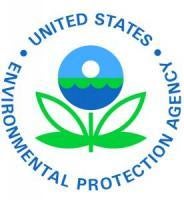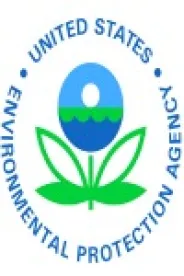As part of the Obama Administration’s commitment to addressing climate change, the U.S. Environmental Protection Agency (EPA) has outlined a series of steps it plans to take to address methane and smog-forming VOC emissions from the oil and gas industry, in order to ensure continued, safe and responsible growth in U.S. oil and natural gas production. The agency’s commonsense strategy will reduce methane pollution from new sources in this rapidly growing industry, reduce ozone-forming pollutants from existing sources in areas that do not meet federal ozone health standards, and build on work that states and industry are doing to address emissions from existing sources elsewhere.
Building on Commonsense Standards for Methane and VOC Emissions
EPA’s strategy will help avoid this anticipated increase in methane emissions from new sources, and will use both regulatory and voluntary approaches to accomplish this goal.
The agency also will extend requirements for addressing emissions of volatile organic compounds (VOCs) to additional sources, further reducing this key ingredient of ground-level ozone (smog).
EPA will follow a similar approach as it develops cost-effective, commonsense requirements for new oil and gas sources that are significant emitters of methane and VOCs. The agency will talk with industry, states and tribes as it evaluates a range of approaches that can reduce methane and VOC emissions from sources such as the equipment and processes discussed in the 2014 White Papers. These could include completions of hydraulically fractured oil wells, pneumatic pumps, and leaks from new and modified well sites and compressor stations.
In developing the proposal EPA anticipates a process for engaging directly with states on approaches the agency should consider in setting standards. This engagement will help ensure that the standards the agency issues are effective in protecting public health and the environment while supporting continued growth in this sector.
A number states regulate, or are considering regulating, air pollution from the oil and gas industry, and EPA’s strategy anticipates that they will continue to do so. Under the Clean Air Act, states have the authority to regulate air emissions from sources within their boundaries, provided their requirements are not weaker than federal rules. EPA plans to issue a proposed rule later this summer and a final rule in 2016.
In addition, EPA will continue and expand its work to promote voluntary adoption of cost-effective methane reduction technologies by the oil and natural gas sector.
Reducing Additional Pollution in Areas with Ozone Problems
The agency will do this by issuing Control Techniques Guidelines (CTGs) that provide an analysis of the available, cost-effective technologies for controlling VOC emissions from covered oil and gas sources. States would have to address these sources as part of state plans for meeting EPA’s ozone health standards.
CTGs give states critical information on cost-effective control technologies. States have some discretion in applying these guidelines to individual sources.
Many controls to reduce VOCs also reduce methane as a co-benefit. The CTGs that EPA issues also will also provide states and any tribes that choose to do so with a model they can put in place to address emissions from sources in other areas where oil and gas activities are concentrated.
EPA plans to propose CTGs in the summer of 2015, and issue final guidelines in 2016.
EPA also plans to extend VOC reduction requirements to existing oil and gas sources in areas that could particularly benefit from VOC reductions: ozone nonattainment areas and states in the Ozone Transport Region. Reducing VOCs can help reduce ground-level ozone (smog), which is linked to a number of serious effects on public health.
Industry Action to Reduce Methane Emissions
Under the new program EPA will work with the departments of Energy and Transportation and leading companies, individually or through broader initiatives such as the Downstream Initiative or the One Future Initiative, to develop and verify robust commitments to reduce methane emissions.
In addition to regulatory activities, several voluntary efforts to address these sources are underway, including EPA’s plans to expand the successful Natural Gas STAR Program by launching a new partnership in collaboration with key stakeholders later in 2015.
Voluntary efforts to reduce emissions in a comprehensive and transparent manner have the potential to yield significant methane reductions in a quick, flexible and cost-effective way. Achieving significant reductions through these voluntary industry programs and state actions could reduce the need for future regulations. The Administration stands ready to collaborate with participants in these and other voluntary efforts, including in the development of a regime for monitoring, reporting and verification.




 />i
/>i

